Continued: the former Ohio & Mississippi in Southern Indiana (6/6)

214: East End Montgomery
Here's a C&O leader on the Baltimore & Ohio line through southern Indiana. Led by a GP38,
this eastbound train was first seen here in Montgomery, Indiana. (We've already seen it
above at the depot in Shoals on this website.) Image taken October 2nd 1976.
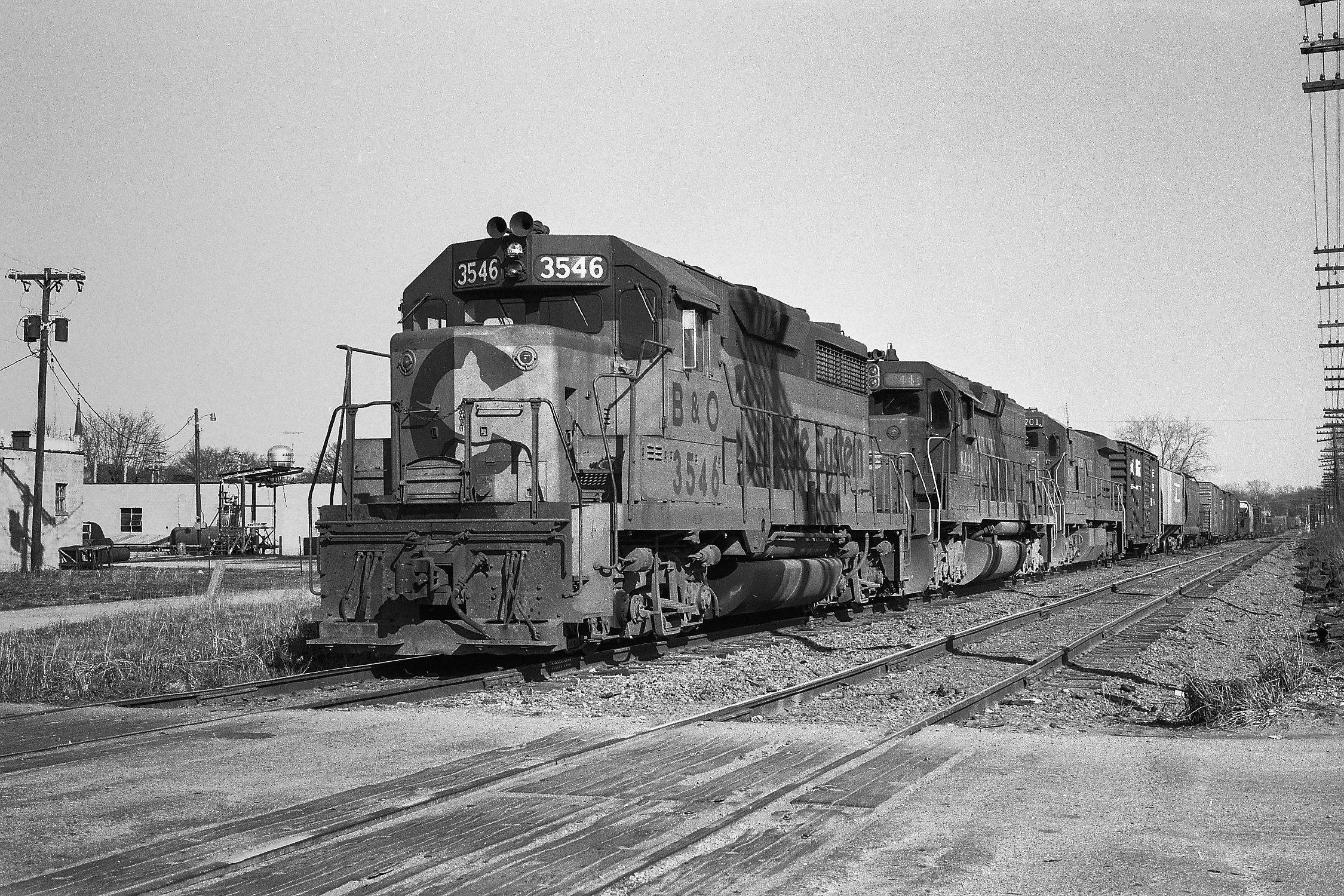
194d: Rolling into Washington, Indiana
This is near the east side of Washington, at 5th Street,
as it pulls through town. Image taken March 7th 1976.
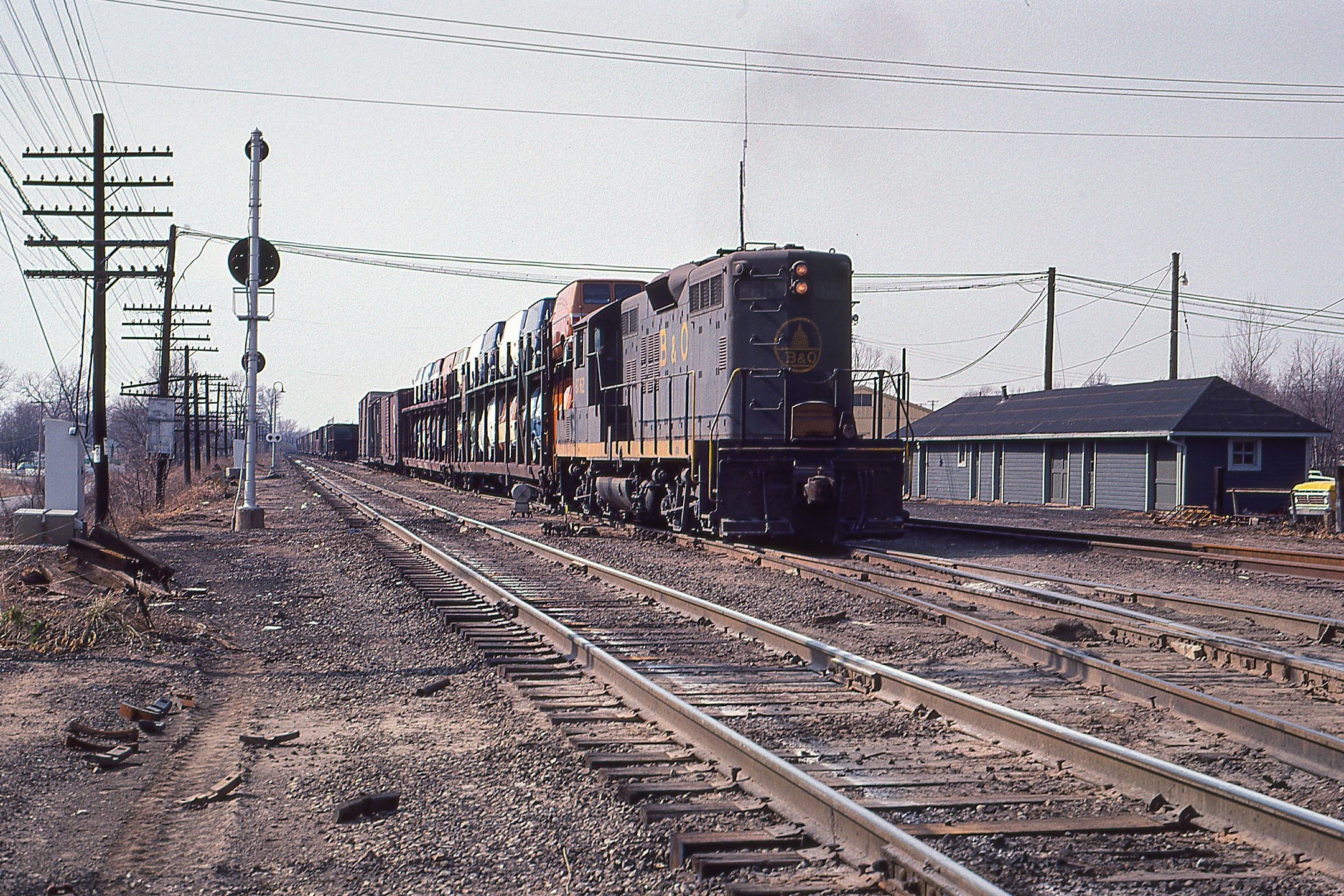
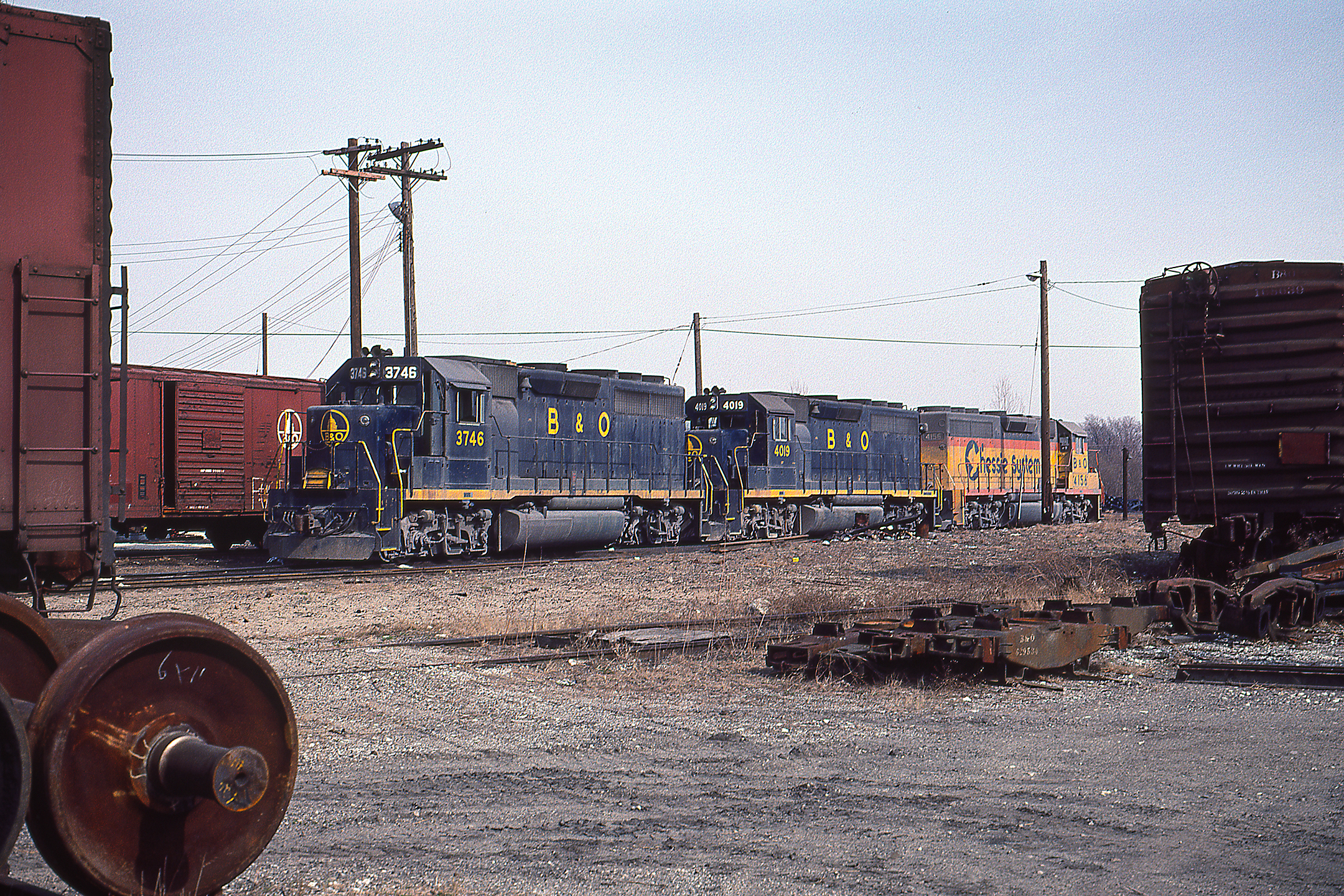
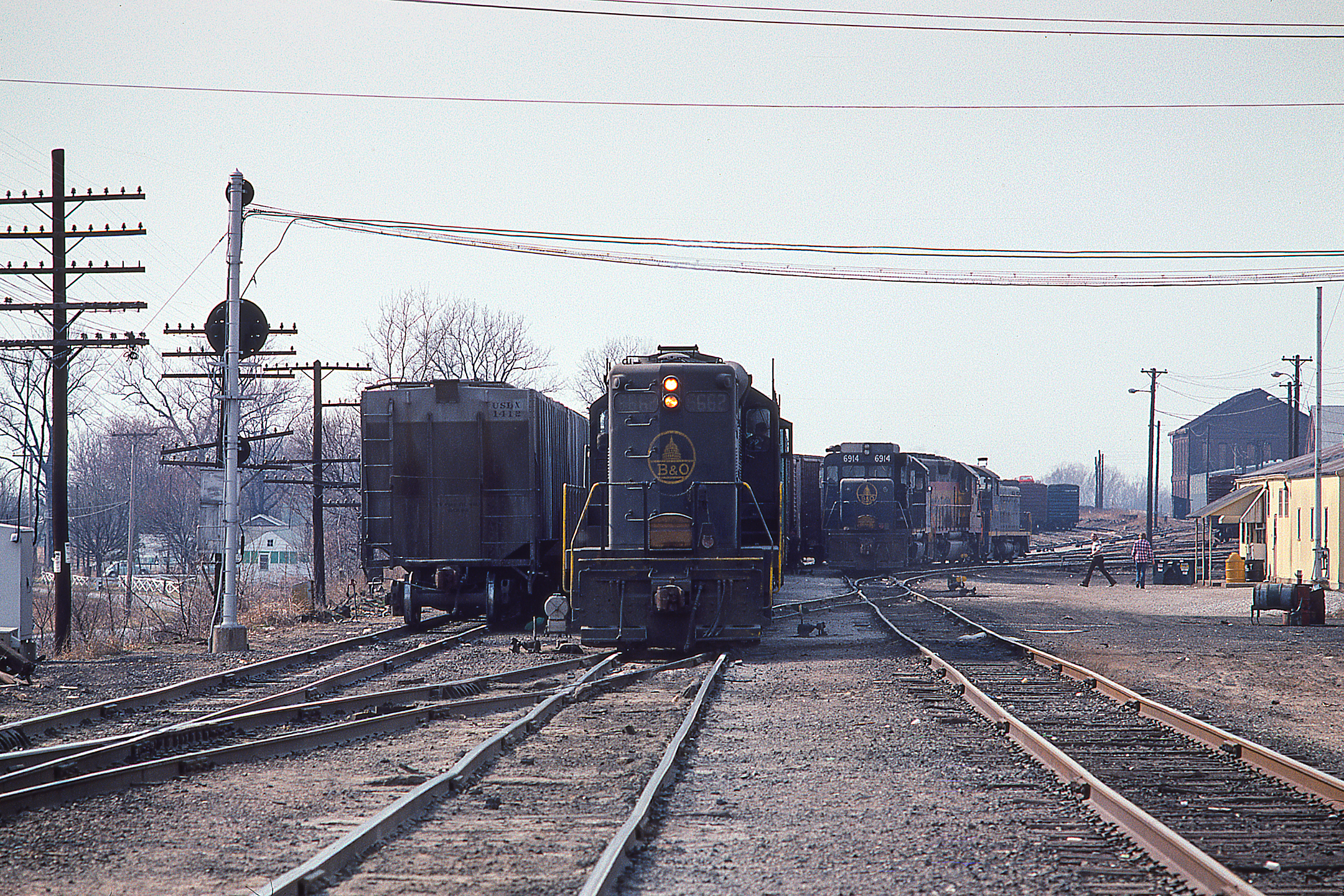
189, 190, and 191: Washington, Indiana
Here we see a yard job at Washington, Indiana, the division point on the line.
We then see some road power at rest, and finally back to some yard action.
Three photographs taken February 28th 1976.
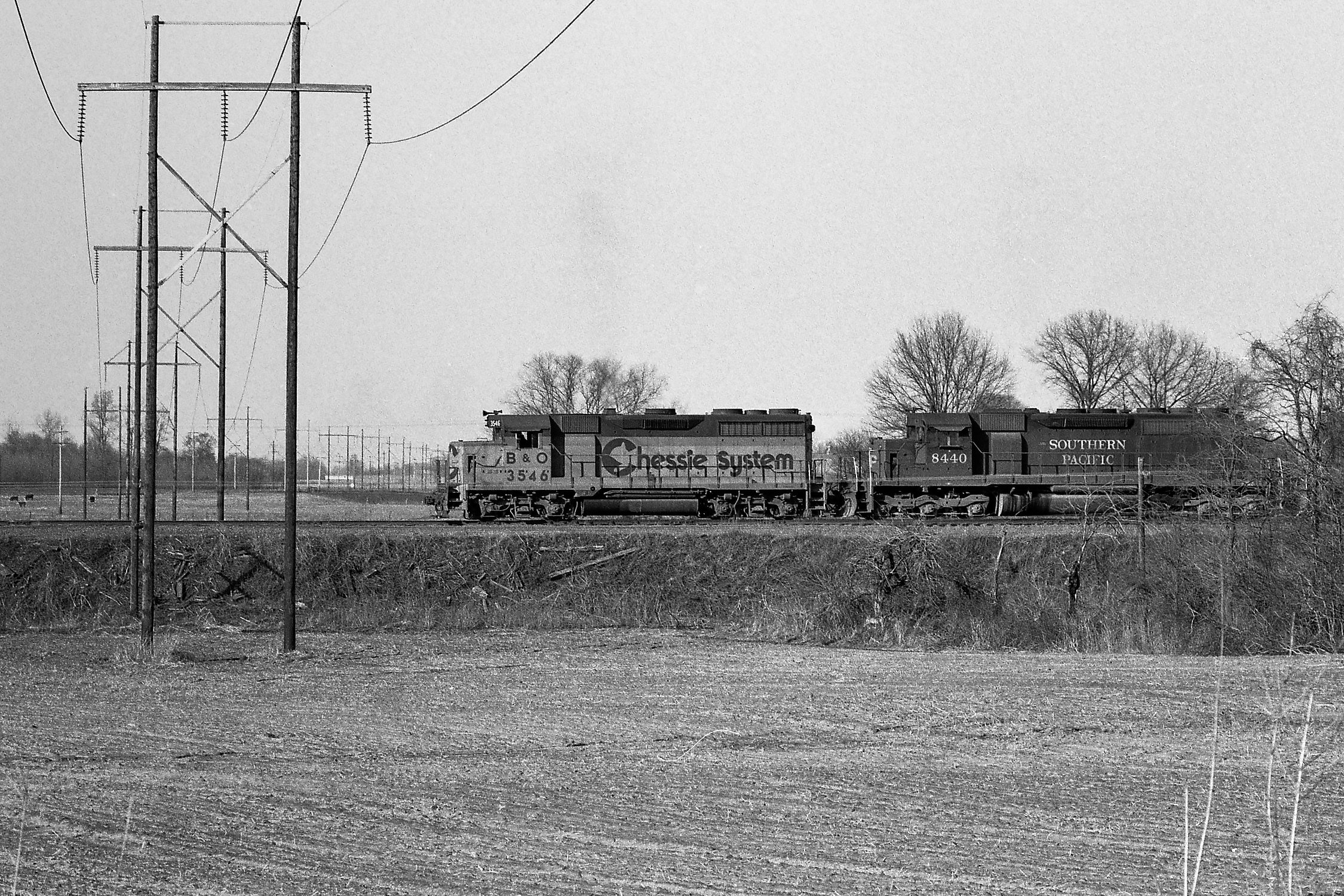
194e: Just west of Washington
The final image of the chase of a train with 3546 (GP35) as leader. Here we see it from Crosby Street on the
west side of Washington. As this train did some switching in the yard, our attention would turn to a couple
of westbound trains that would lead with GP30s. Image taken March 7th 1976.
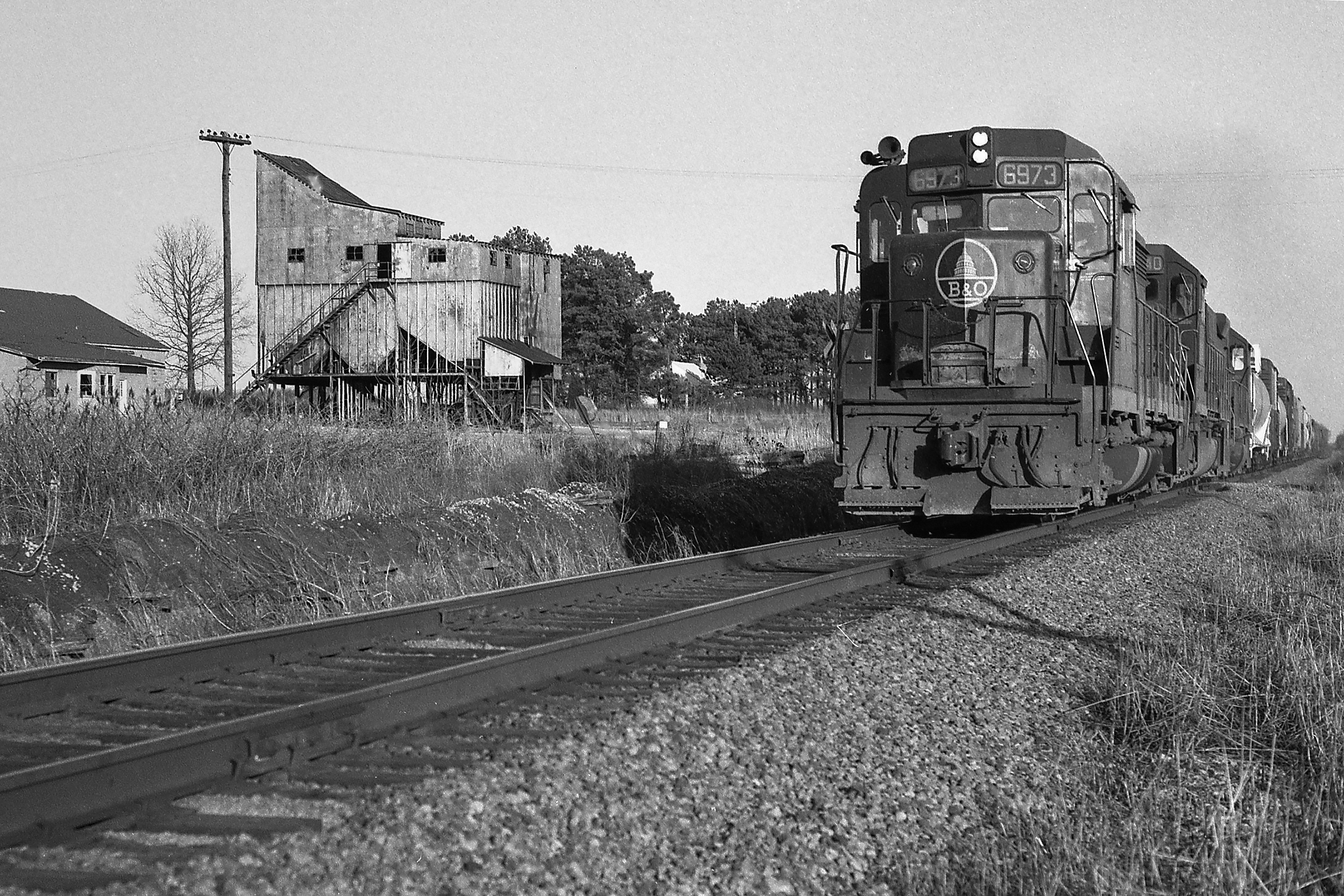
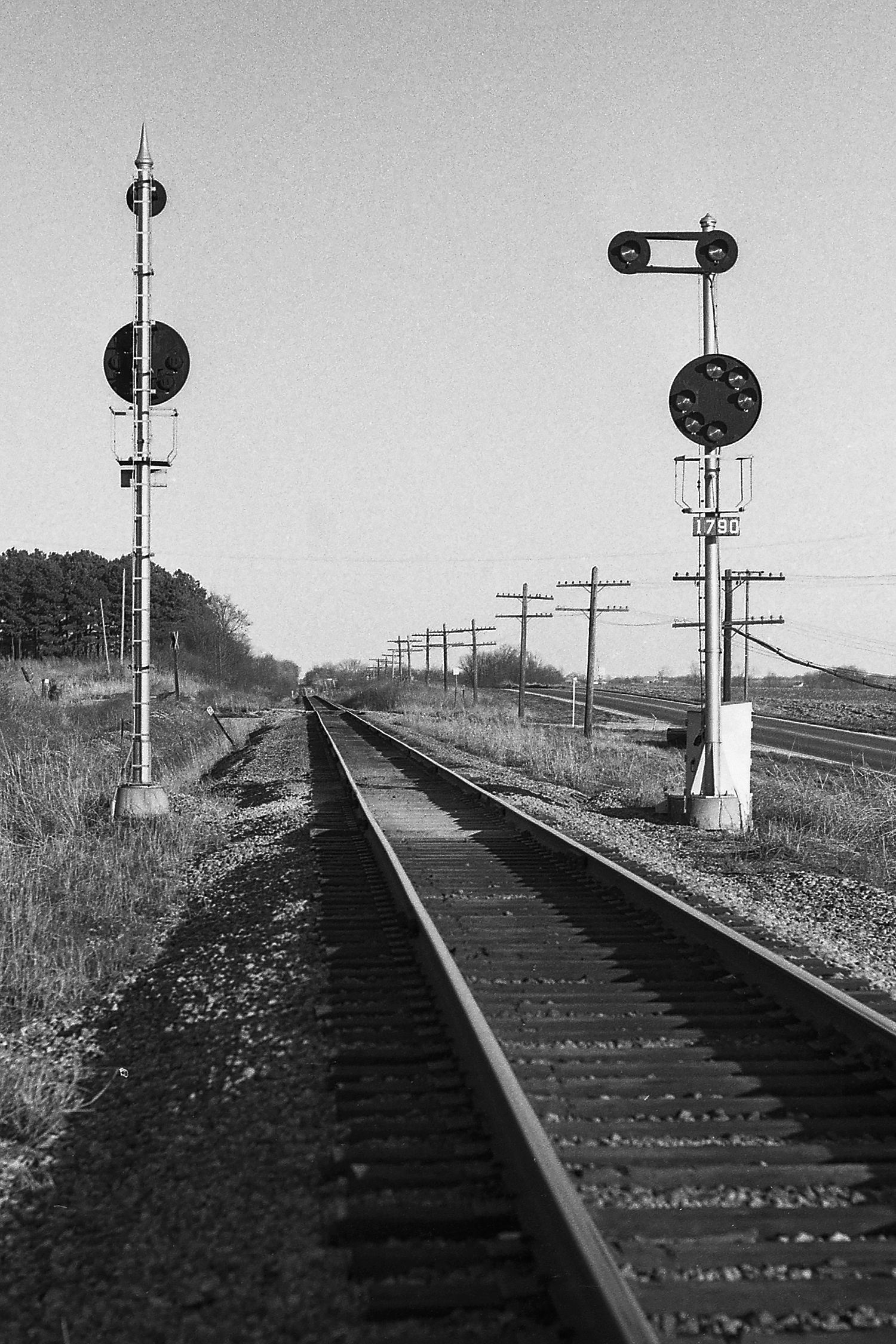
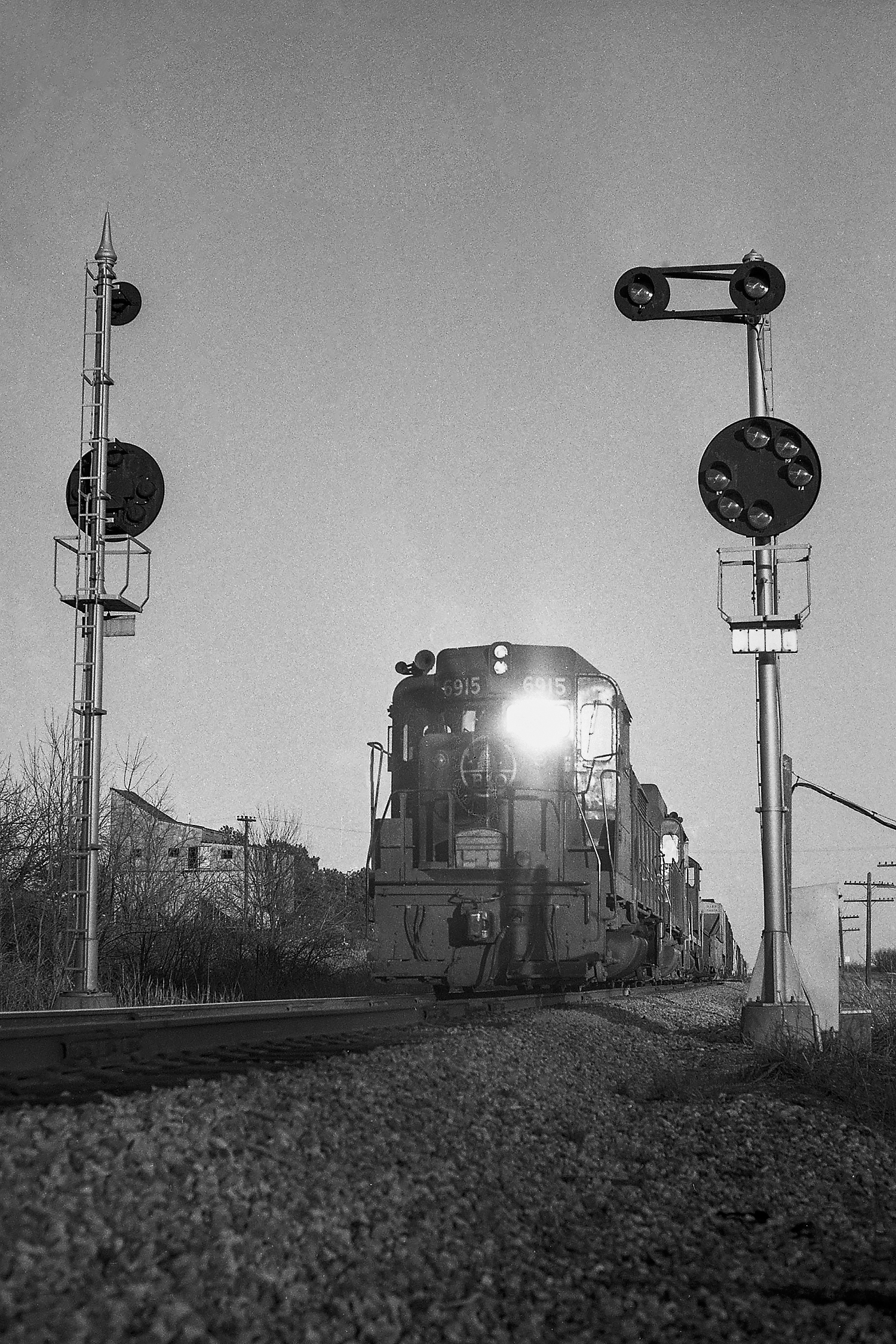
194f, 194g, and 194h: West of Wheatland, signals at 179.0
Here, two and a half miles west of Wheatland, at MP 179.0, we see two westbound trains,both with
GP30s on point. They have originated out of Washington, Indiana, the division point, and are headed
west toward St. Louis. In between, I photographed the wonderful color position lights, which look
to be in great shape on this date. Three images taken March 7th 1976.
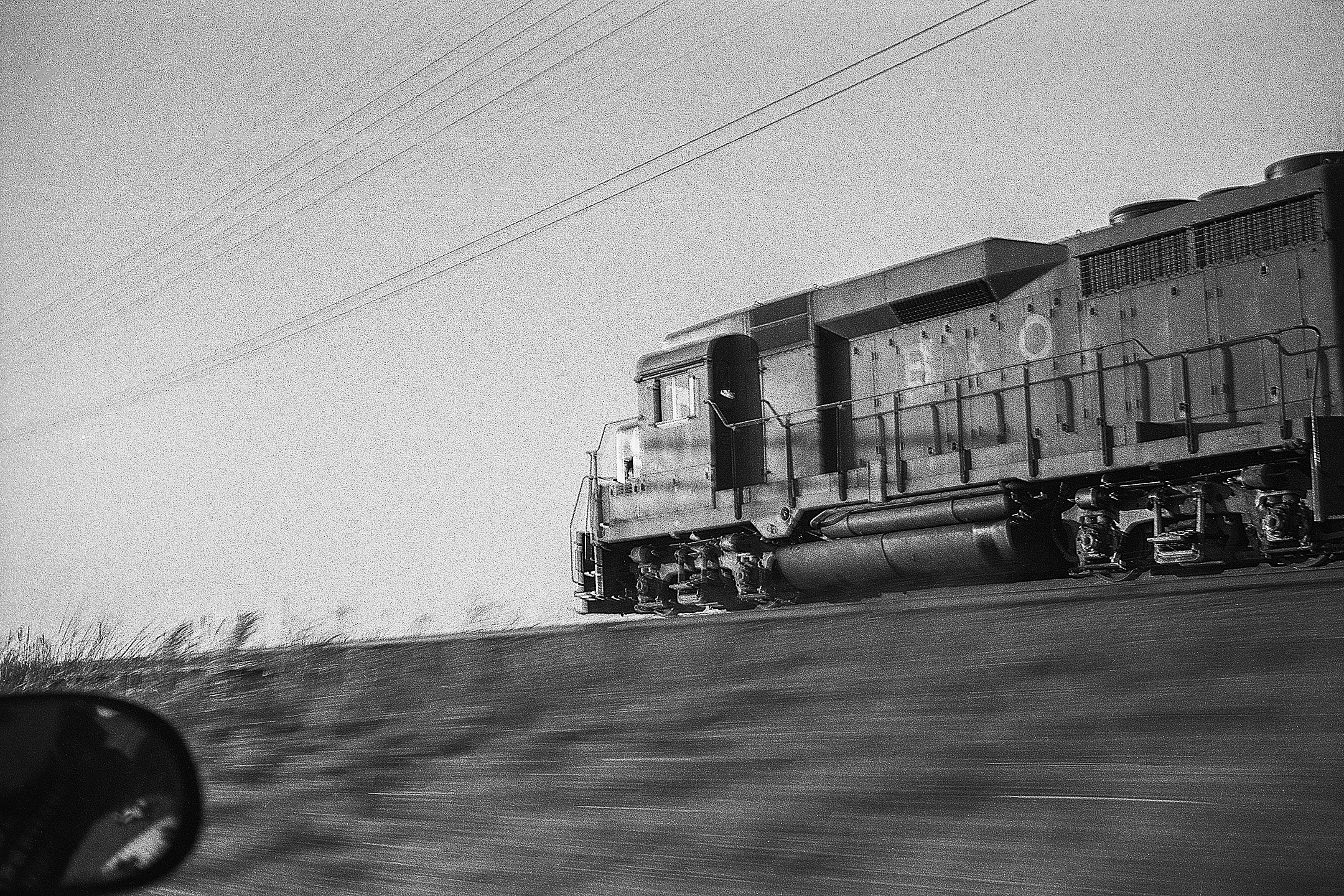
194i: Pacing shot between 179.0 and Vincennes
From MP 179.0, we jumped in the car and gave chase to the second train headed west: I was able
to bag a pacing shot prior to Vincesses, but the quality is not great. Image taken March 7th 1976.

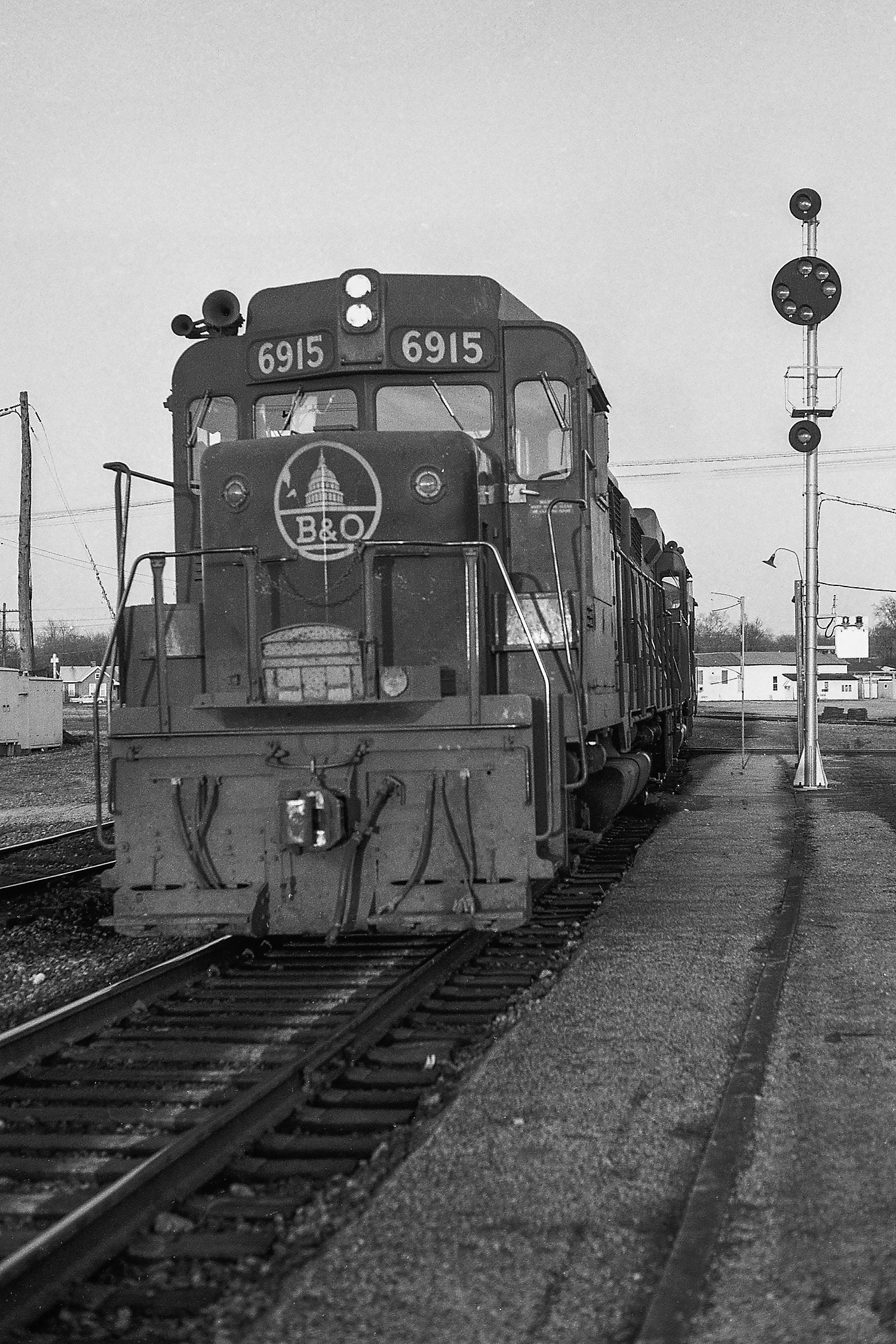
194j and 194k: Vincennes
Lucky for us the westbound train held up in Vincennes where we were able to make a couple
more photographs to end a long day of chasing along the former Ohio & Mississippi.
Two images taken March 7th 1976.
|
Before we leave the Baltimore & Ohio in Southern Indiana, I’d like to post one more note regarding their splendid choice for a signal system—that of the color position light, often referred to informally as CPL. The color position light was developed by Frank Patenal, superintendent of signaling of the B&O, around 1918 (source). I recall seeing the very same type along the old Chicago & Alton, later the Gulf, Mobile and Ohio, in central Illinois—I now realize the road most likely had them due to it being controlled by the Baltimore & Ohio Railroad. These signals are favorites of rail enthusiasts the world over for their complex and rich appearance. The “position” of the CPL mimics that of semaphores that came before them. The “color” of the CPL adds another layer of information to reinforce the indication. Simplifying here, the most common indications are—clear (or proceed), approach (or proceed at restricted speed), and stop. The additional “marker lights” can alter the simple indication to modify speed or indicate a diverging route ahead, etc. In any event, most signal systems around the United States have been replaced with one type, the color light—with separate green, yellow, and red lights positioned one over the other. To make matters worse, the signal is typically covered by a large sun- and snow-shade, hiding any of its inherent charms. |